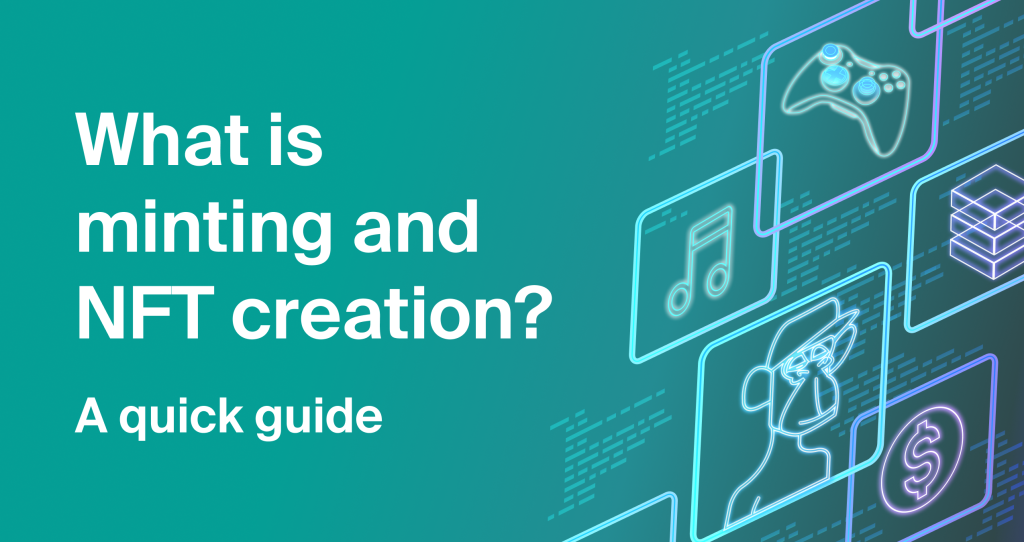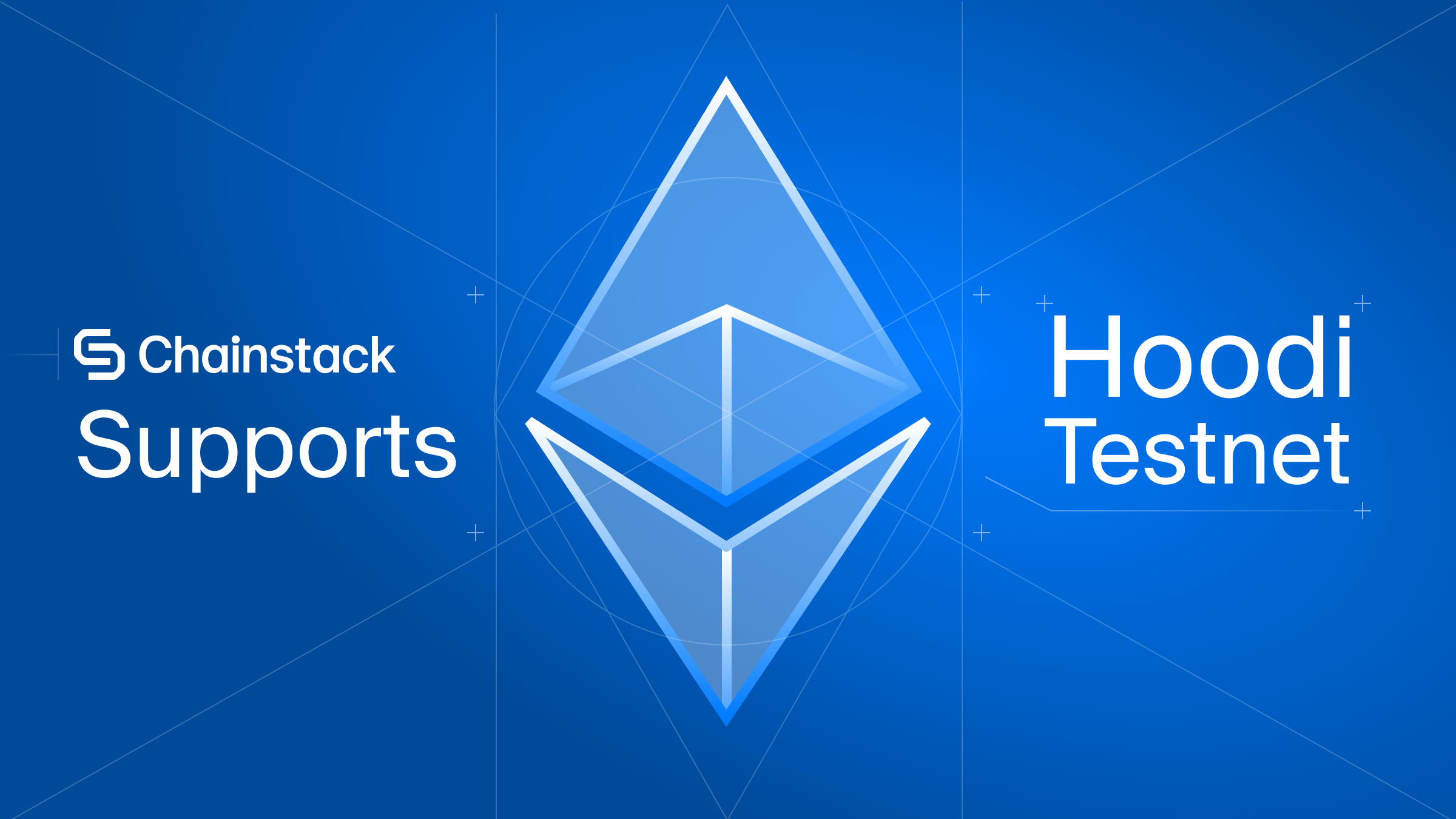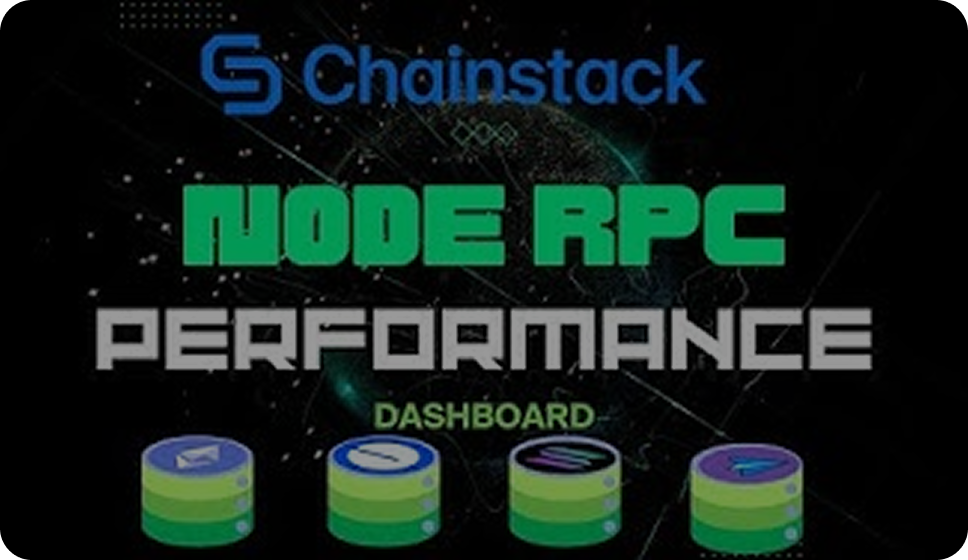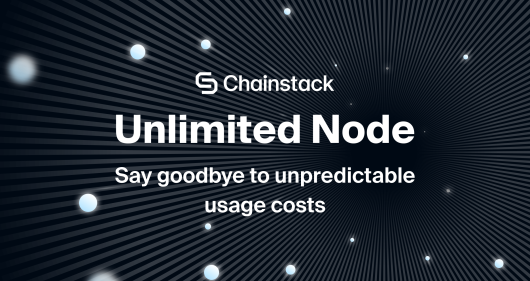NFT minting and creation? A quick guide

If you’ve dabbled in digital art, collectibles, and online gaming, chances are you’ve already heard of minting NFTs. Most popular blockchains like Polygon, Solana, and Ethereum support minting NFTs. Even Bitcoin added its NFTs, also known as Bitcoin Ordinals (insert interlink to Ordinals post on Chainstack blog when it’s live). What’s more, minting an NFT is an excellent way to showcase your creativity and earn money in the process.
With the rise of NFTs, many different platforms and marketplaces are available to creators, making it easier than ever to get started. Whether you’re an artist, musician, or content creator, creating an NFT can help you build a fanbase and uniquely monetize your work.
But what does minting mean exactly, and how do you create your first NFT? Is it difficult to do? Does it cost a lot of money?
Whether you are an aspiring digital artist or a metaverse gamer looking to create a rare in-game item, read on to learn more about minting.
What is minting?
Minting is creating a unique NFT from scratch, just like any physical collectible that is in “mint condition” or brand-new. It’s similar to creating a new piece of artwork, but instead of using paint and canvas, you use digital files like images or videos. Gamers also mint NFTs for blockchain games, such as playable characters, consumables, and in-game resources. Minting is the first step in transforming a digital asset into a unique, ownable, tradable, and collectible NFT.
When someone mints an NFT, they permanently etch it into the blockchain, making it immutable. One of the most popular blockchains used for minting NFTs is Ethereum, which allows creators to mint and distribute their unique digital assets using the ERC-721 or ERC-1155 standard. These standards define the rules and properties of a particular NFT, including its ownership, uniqueness, and metadata.
How does minting NFTs work?
During the minting process, NFT creators can include a variety of metadata that provides additional information about the NFT, such as its title, description, and creation date. This metadata can help collectors understand the context and value of the NFT and can also be used to verify its authenticity and ownership. It also allows NFT marketplaces to categorize and rank them, making filtering and browsing through specific collections easier.
Once an NFT is minted, it can be bought, sold, or traded on various NFT marketplaces, much like artwork and collectibles are traded on eBay. The value of an NFT is determined by factors such as its rarity, popularity, cultural significance, purpose, and utility. However, NFT value tends to be volatile and can fluctuate from extreme highs to extreme lows based on the cryptocurrency market conditions.
How do I mint an NFT?
Here’s how to mint an NFT in a few simple steps for the first time.
1) Choose a blockchain
First, you need to choose the blockchain platform hosting your NFT. Ethereum is the most popular blockchain platform for NFT creation, but it’s also one of the most expensive due to gas and fees. There are other more affordable options like Binance Smart Chain, Solana, and Polygon, where you can mint NFTs much cheaper. Each platform has its own set of rules and fees for creating and selling NFTs, so make sure you do your research because minting an entire collection can get expensive!
2) Get registered on an NFT marketplace
Then you’ll need to use an NFT marketplace that supports the creation and distribution of NFTs, such as OpenSea, SuperRare, and Magic Eden. Each platform has its own set of rules and fees for minting NFTs, so it’s essential to research and compares the options before choosing an NFT marketplace to launch your NFT. Lastly, select a marketplace compatible with the blockchain you’ve decided to launch your NFT on.
3) Choose your favorite creations
The most fun and exciting part is choosing the digital art that will soon become part of the blockchain forever and transform into your first NFT! This can pretty much be an image, video, or any other digital media you’ve created. However, it’s essential to make sure your digital asset is unique and not copied somewhere off the internet. Just remember, you can’t mint an NFT of someone else’s work, as that would violate copyright law and can become a legal issue.
4) Upload and mint your NFT
Now it’s time to upload your digital asset and mint it as an NFT on the platform of your choice. You accomplish this with any platform-compatible crypto wallet, such as the Phantom wallet for Solana or Metamask for Ethereum. Each platform has different fee structures, so calculate ahead of time and ensure you have enough crypto to cover gas and minting fees.
5) Listing and pricing your NFT
You’ll also need to provide some general information about your NFT, such as its name, description, and any other details you want to include when you list it. Try to set a realistic price for your NFT, which can be in cryptocurrency or FIAT currency if the NFT marketplace supports it. Some marketplaces allow you to set a fixed price, opt to auction your NFTs, or even leave the final price open to negotiation.
Final thoughts
After uploading your NFT to the blockchain, it joins a digital ledger that records its ownership and transaction history. This means that anyone who buys your NFT can verify its authenticity and ownership history, which adds more value to the NFT.
In short, minting an NFT is a relatively simple process, but it’s essential to research and follow the rules of the blockchain platform you’re using. Always create unique and original digital assets, as this will make your NFT more valuable and desirable to collectors. If you have a unique digital asset that you want to turn into an NFT, go ahead and give it a try!
That’s it. Happy minting!
FAQ
What can I mint as an NFT?
You can mint any digital media, such as images, videos, music, or tweets. Blockchain games also allow you to mint unique characters out of the NFTs you have, such as “breeding” Axies to create eggs that will spawn into playable NFTs in Axie Infinity.
How do I know if my NFT is authentic?
Every NFT is unique and has a digital signature that verifies its authenticity. The blockchain ledger also records the ownership and transaction history of each NFT so that you can check its history on the blockchain explorer. NFT marketplaces also provide detailed information on their list of NFTs, providing an added layer of authentication.
How do I sell my NFT?
You can sell your NFT on a marketplace that supports the blockchain platform you used to create it. Some popular NFT marketplaces include OpenSea, Rarible, and SuperRare. Remember that they all have different fee structures, so always check that you have enough crypto to cover gas and royalty fees before making a purchase.
Power-boost your project on Chainstack
- Discover how you can save thousands in infra costs every month with our unbeatable pricing on the most complete Web3 development platform.
- Input your workload and see how affordable Chainstack is compared to other RPC providers.
- Connect to Ethereum, Solana, BNB Smart Chain, Polygon, Arbitrum, Base, Optimism, Avalanche, TON, Ronin, zkSync Era, Starknet, Scroll, Aptos, Fantom, Cronos, Gnosis Chain, Klaytn, Moonbeam, Celo, Aurora, Oasis Sapphire, Polygon zkEVM, Bitcoin and Harmony mainnet or testnets through an interface designed to help you get the job done.
- To learn more about Chainstack, visit our Developer Portal or join our Discord server and Telegram group.
- Are you in need of testnet tokens? Request some from our faucets. Multi-chain faucet, Sepolia faucet, Holesky faucet, BNB faucet, zkSync faucet, Scroll faucet.
Have you already explored what you can achieve with Chainstack? Get started for free today.
 Ethereum
Ethereum Solana
Solana TON
TON Base
Base BNB Smart Chain
BNB Smart Chain Sui
Sui Unichain
Unichain Aptos
Aptos TRON
TRON Ronin
Ronin zkSync Era
zkSync Era Sonic
Sonic Polygon
Polygon Gnosis Chain
Gnosis Chain Scroll
Scroll Avalanche Subnets
Avalanche Subnets Polygon CDK
Polygon CDK Starknet Appchains
Starknet Appchains zkSync Hyperchains
zkSync Hyperchains



























